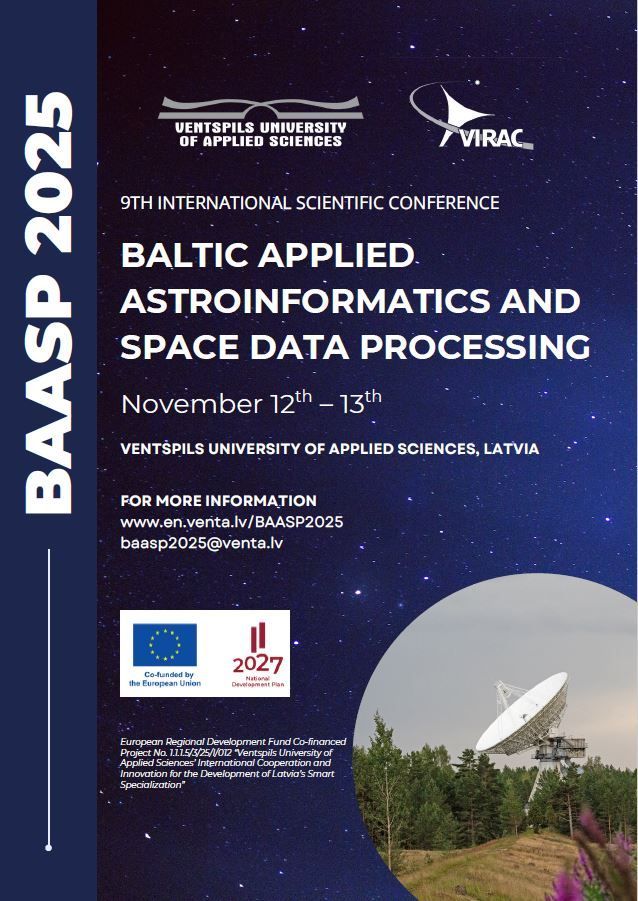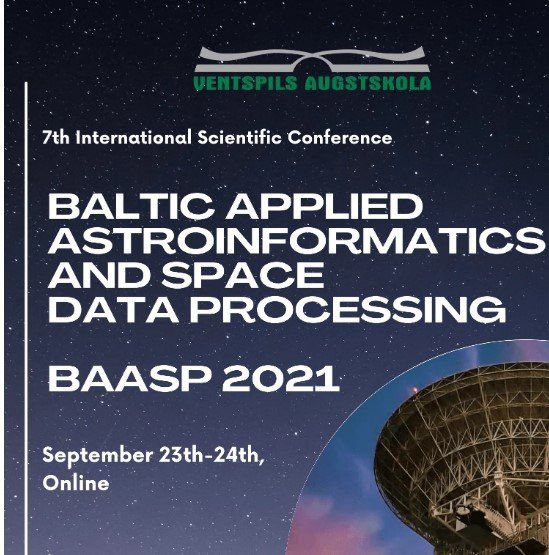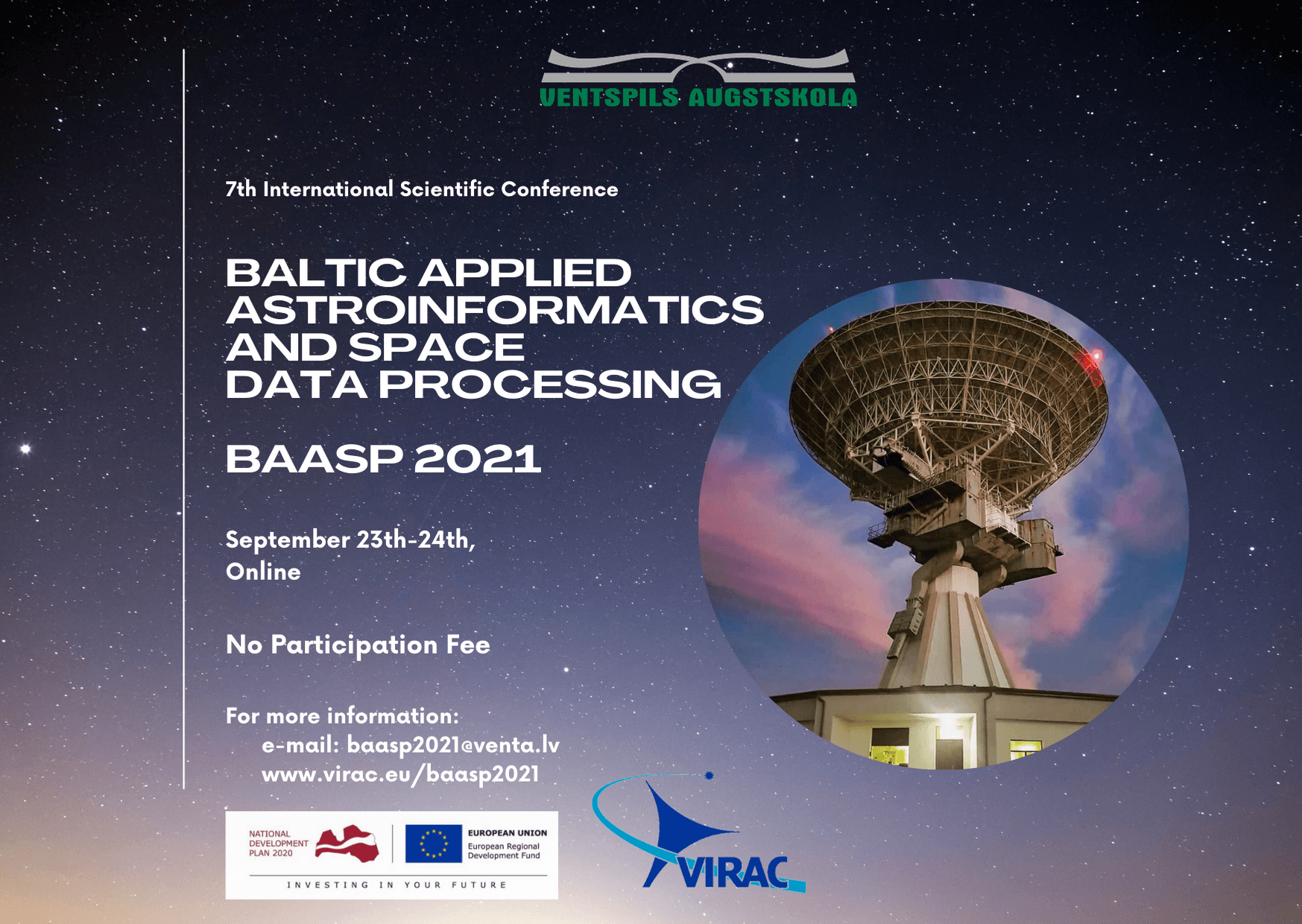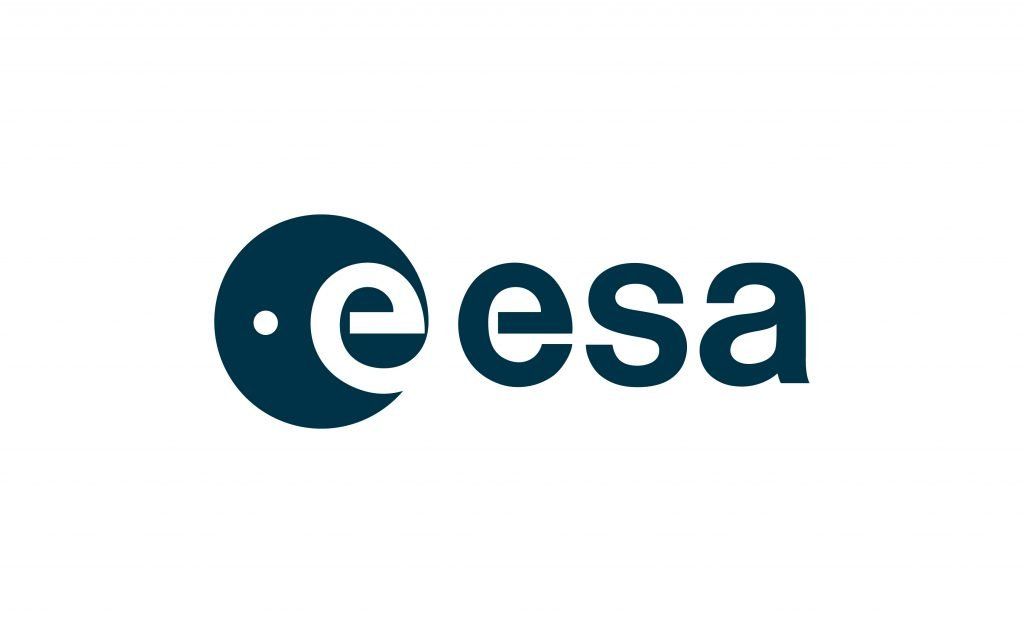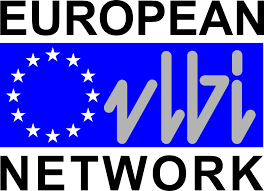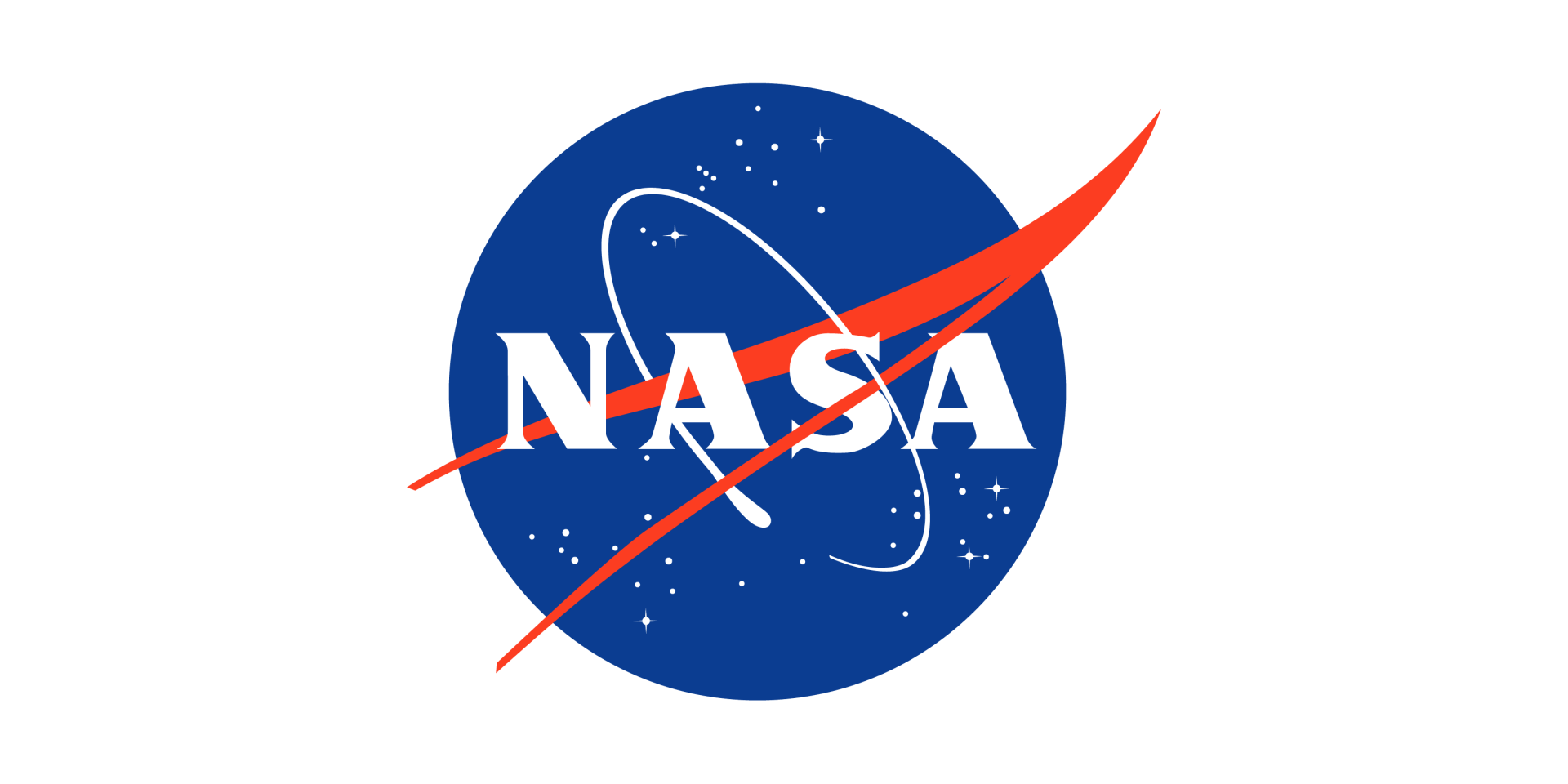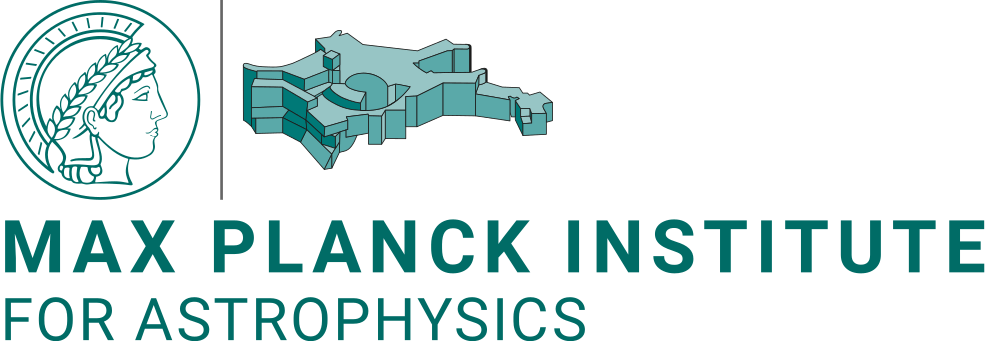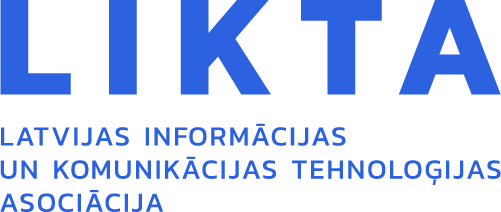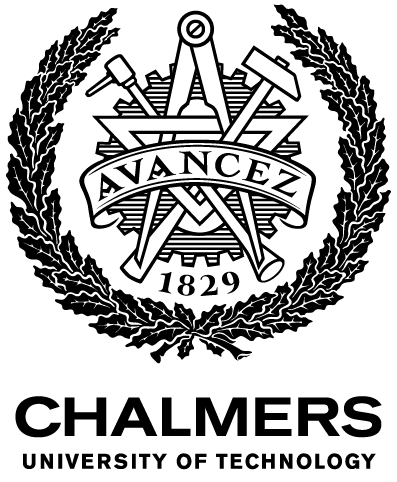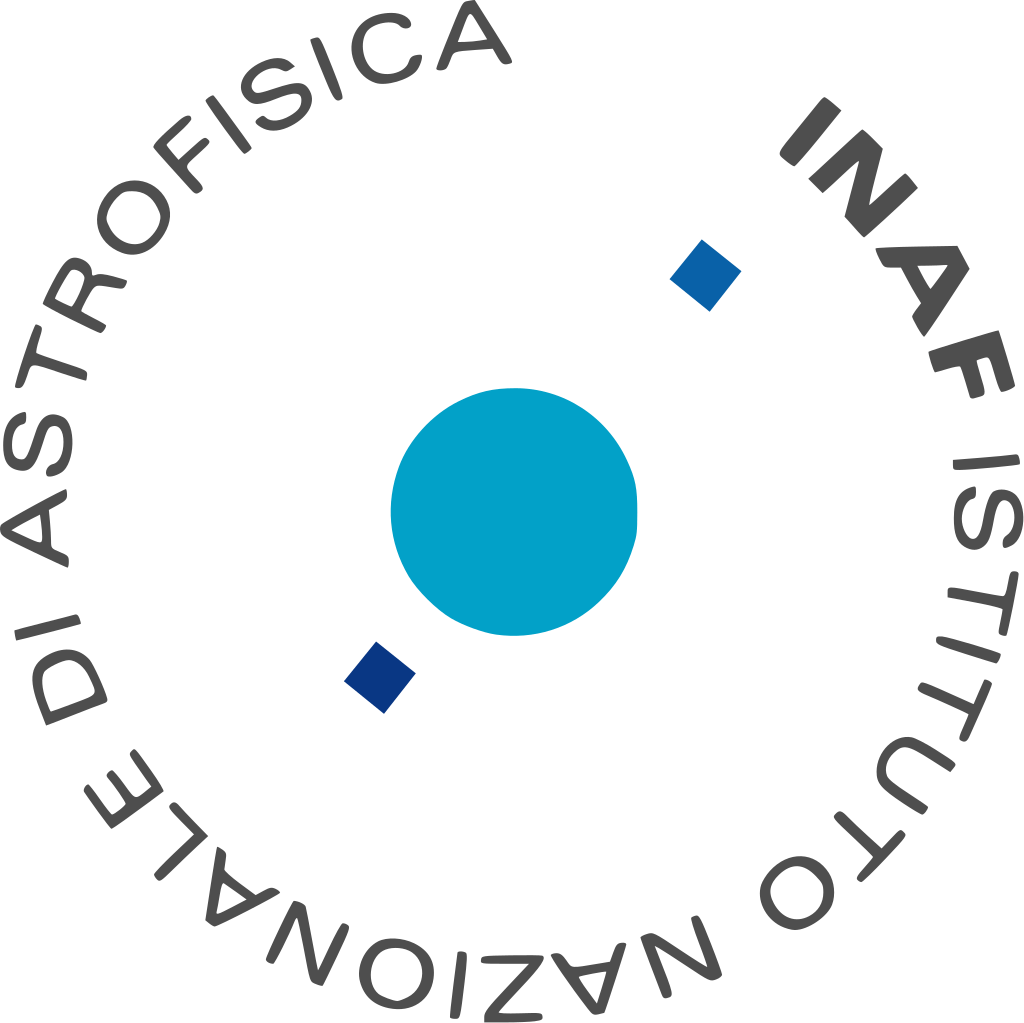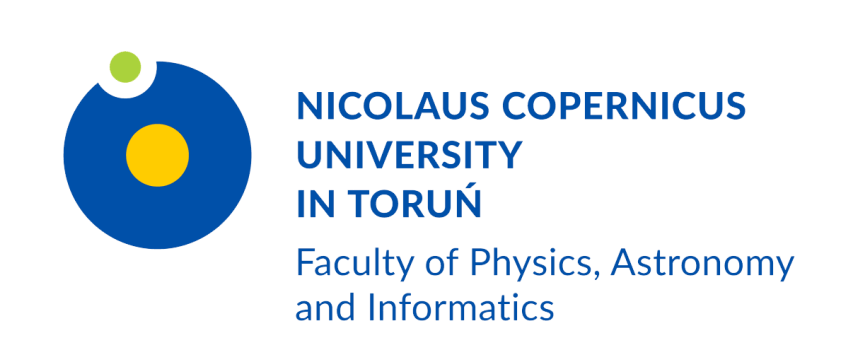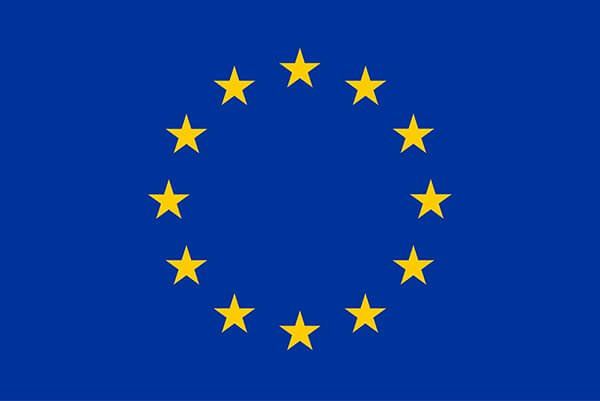This web page is created within BALTICS project funded from the European Union’s Horizon2020 Research and Innovation Programme under grant agreement No.692257.
Ziņas un jaunumi
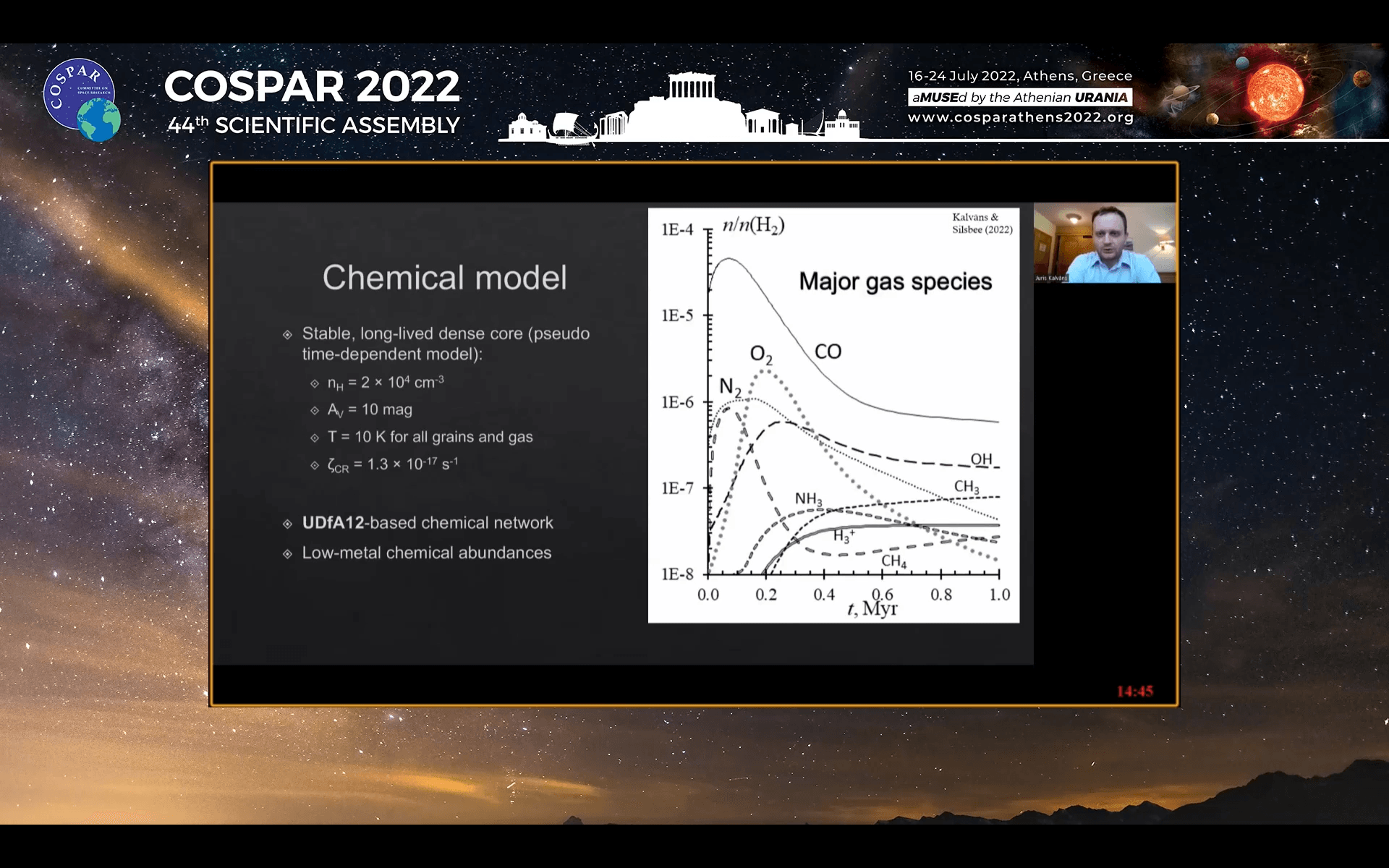
The 44th Scientific Assembly of Committee on Space Research (COSPAR) took place in Athens, Greece, on July 16-24, 2022. The aims of COSPAR include promoting research by providing platforms for free exchange of scientific thought. The Assembly is a large annual conference that combined 151 sections within 10 scientific commissions in 2022. Thematically, COSPAR encompasses various aspects of astronomical research – from materials in space to astrobiology, supermassive black holes and elementary particles. COSPAR 2022 combined in-person and remote participation.
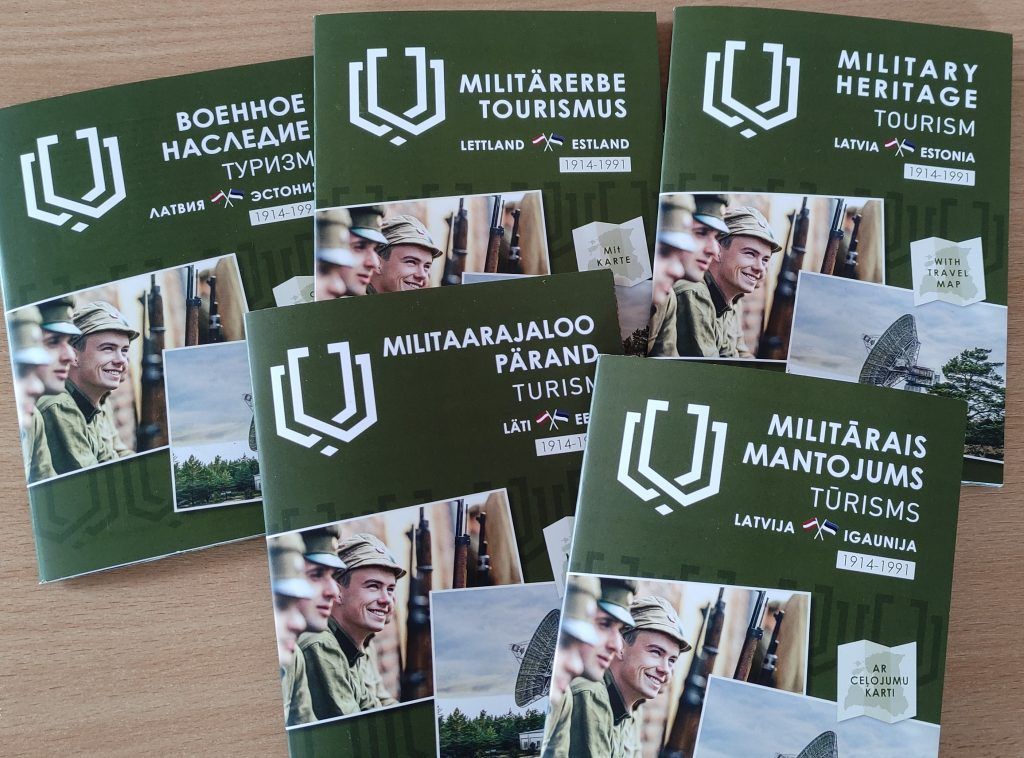
At the beginning of the summer of 2021, at the start of the tourist season, travelers were offered a new and exciting route through the military heritage sites in Estonia and Latvia. The Kurzeme Planning Region together with partners within the project "Military Heritage" collected information about museums, fortifications, military equipment, trails, bunkers, battle sites, military towns, infrastructure, and memorial sites and created a Military Heritage Tourism brochure and map.
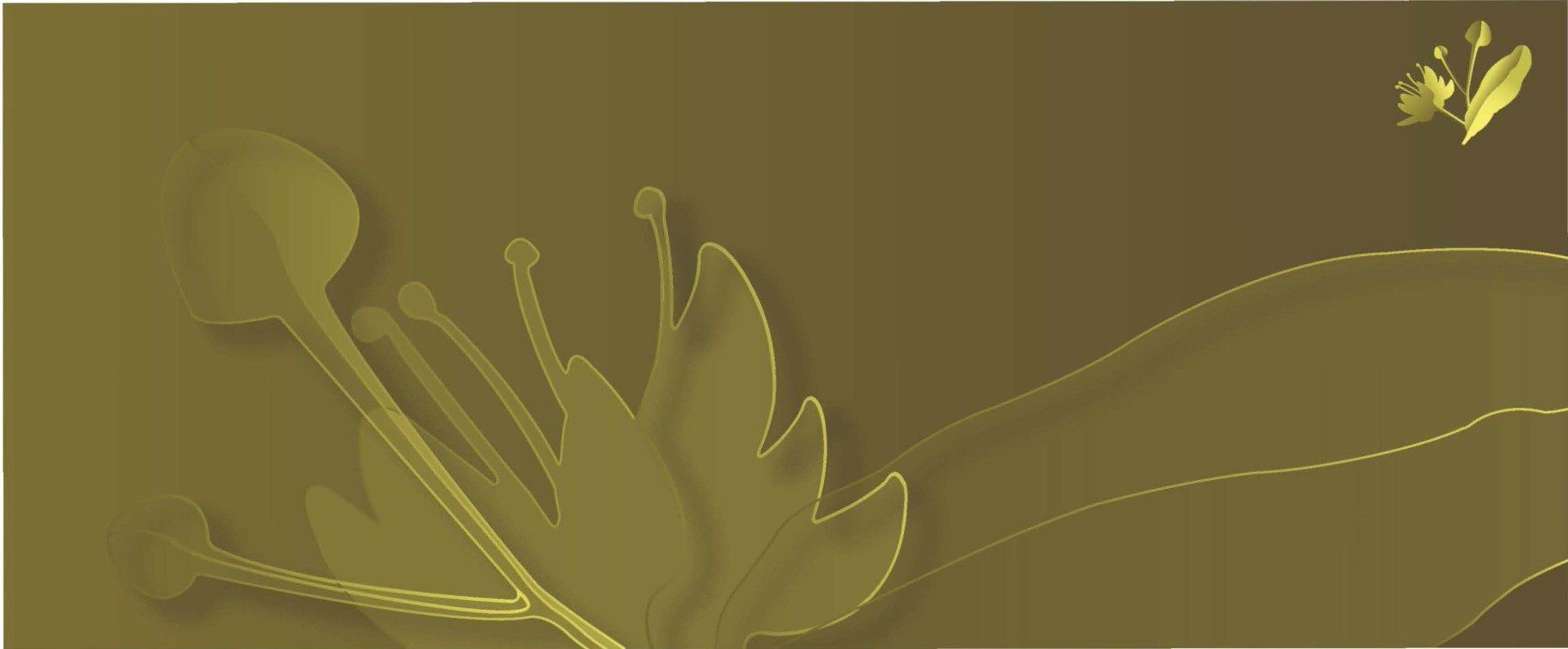
Researchers of Ventspils University of Applied Sciences and Institute of Horticulture have been actively working on the project “Smart Complex of Information Systems of Specialized Biology Lexis for the Research and Preservation of Linguistic Diversity” for 18 months already. It is time to look at the things accomplished by summarising the achievements and future tasks, preparing this interim report, and providing information to society.
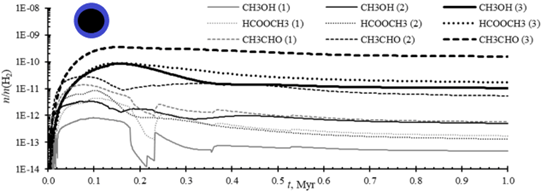
At the Ventspils University of Applied Sciences Engineering Research Institute “Ventspils International Radio Astronomy Centre” (VIRAC), on August 31, ends a significant 3-year-long Fundamental and applied research project of the Latvian Council of Science No. lzp-2018 / 1-0170 “Evolution of Organic Matter in the Regions of Star and Planet Formation OMG)”
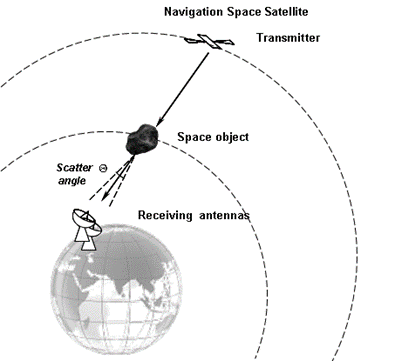
From December 2020, Ventspils International Radio Astronomy Centre (VIRAC) is implementing the scientific project “The application of the forward scatter radar method for the detection of space objects”, No. lzp-2020 / 2-0101. The project researches, develops and evolves new radar methods with the aim of accurately determining the location positions of asteroids and comets approaching Earth. One of the tasks of the project is to explore the application of a new and unique radar method based on radio wave scattering. This method is based on the applied effect that occurs when a bright celestial body illuminates the studied body, thus the energy is scattered along the line of sight forward, thus significantly increasing compared to the reflected energy. The developed method allows to detect space objects, regardless of its shape, material and radiation intensity. The “through-scattering” location method is implemented by combining radar VLBI technology and the scattering effect of electromagnetic radiation, involving bright space objects as transmitters in observations. By applying this method, the probability of detection of bodies that pose a threat to the Earth can be significantly increased, as well as the method allows to increase the observation distance at which the observation body would be identified. During the last four months, VIRAC researchers have been working on the detection of space objects using the “through-scattering” location method, thus evaluating the effectiveness of the method in an experimental way. By July 2021, more than 15 experimental sessions were performed using the Irbene radio telescope complex in single station mode and interferometer mode. RT-32 and RT-16 VIRAC radio telescopes (using 32-meter and 16-meter parabolic antennas, respectively) and 1.6 GHz frequency band receivers were used in the experiments. In Figure No.1 the scheme of the experiment is displayed. The Global Navigation Satellite System (GNSS) GPS and Galileo satellites were used as radiation sources or transmitters in the experiments. During the experiments, using the “through-scattering” location method, observation lines “transmitter-receiver” (“transmitter” – a specific navigation satellite, “receiver” – Irbene radio telescopes) were created, thus space debris objects of different sizes were identified, as well as an International Space Station with a total geometric area of approximately 400 m2.
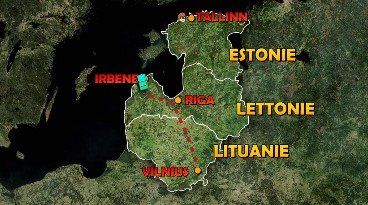
With the famous Mystery Machine, Scooby and all his friends went on a tour of Europe. From the flag to the national anthem, the folk costume, used currencies, the history of the country and the economy, the Scooby-Gang discover different peculiarities of the European Union Member States while having fun.
